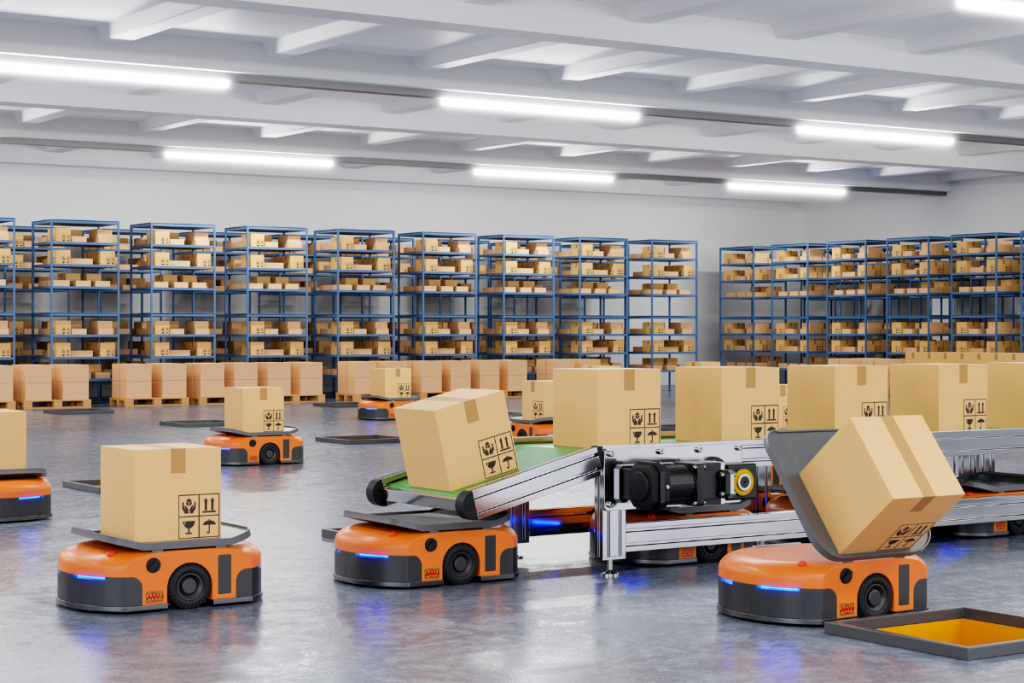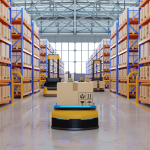Amazon has opened a 2.8 million-square-foot robotics fulfillment center in Charlton, Massachusetts, the latest in its effort to automate more of its logistics network. The $300 million facility, which began operations in late 2024, is the company’s largest single investment in the state and features advanced robotics systems designed to accelerate throughput and reduce manual labor.
Roughly 1,000 employees work alongside fleets of robots capable of lifting up to 1,500 pounds each. The site, known internally as ORH3, stocks about 32 million items and processes high-volume consumer orders including books, electronics, and home goods.
Built for Robotics From the Ground Up
Unlike legacy centers retrofitted with automation, the Charlton site is designed from inception to support robotic systems. Models deployed include “Tipper,” which transfers goods to conveyors, and “Vulcan,” a new robotic arm with tactile feedback for handling delicate items. Amazon has been steadily increasing its robotics investment since 2012, and in 2023 began scaling newer models that combine machine vision with AI to handle more complex warehouse tasks.
Amazon says the Charlton center is key to serving dense urban markets across New England with shorter delivery lead times. It joins a regional footprint that includes eight other fulfillment and sortation centers and 17 delivery stations. The company has invested over $23 billion in Massachusetts since 2010.
Broader Rollout Targets East Coast Throughput
Charlton is part of a larger robotics expansion aimed at meeting rising demand for faster delivery in the U.S. East Coast. Amazon broke ground in May on its fourth robotics site in Virginia and is building another in North Carolina, expected to go live in 2026. These centers are aligned with Amazon’s push to reshape its national network around same-day and one-day fulfillment models.
The company’s robotics strategy is central to driving down cost per unit shipped while increasing facility density and labor efficiency. According to industry data, the company now operates more than 750,000 mobile and stationary robots across its global network, more than triple the number in 2019.
What Full Automation Leaves Unresolved
While automation enables faster fulfillment and higher throughput, it also creates new forms of operational dependency. As facilities grow more reliant on tightly integrated robotic systems, any disruption, from software bugs to equipment shortages, can halt entire workflows. A growing concern among operators is not just the speed of automation, but the resilience of the ecosystems that support it.







